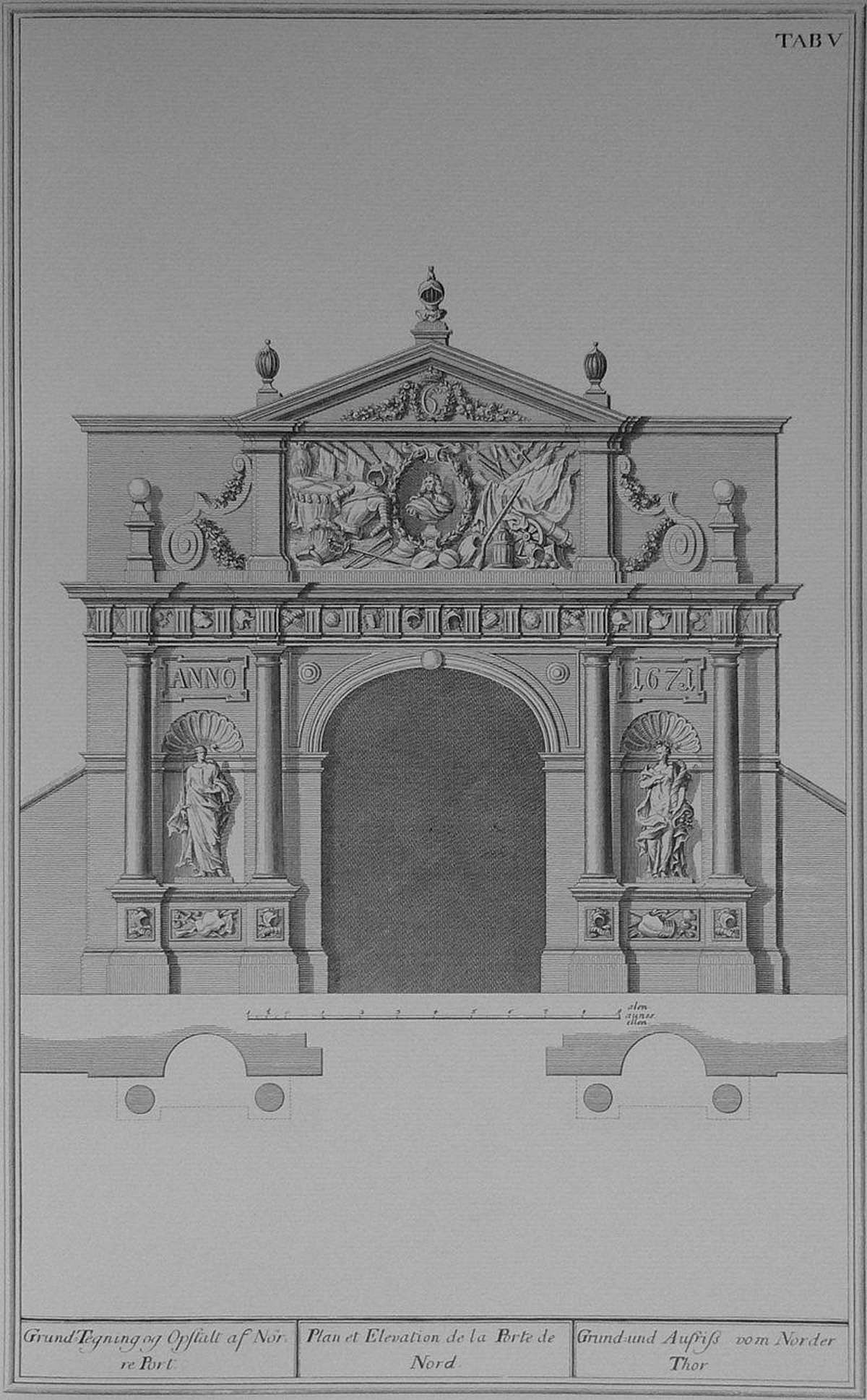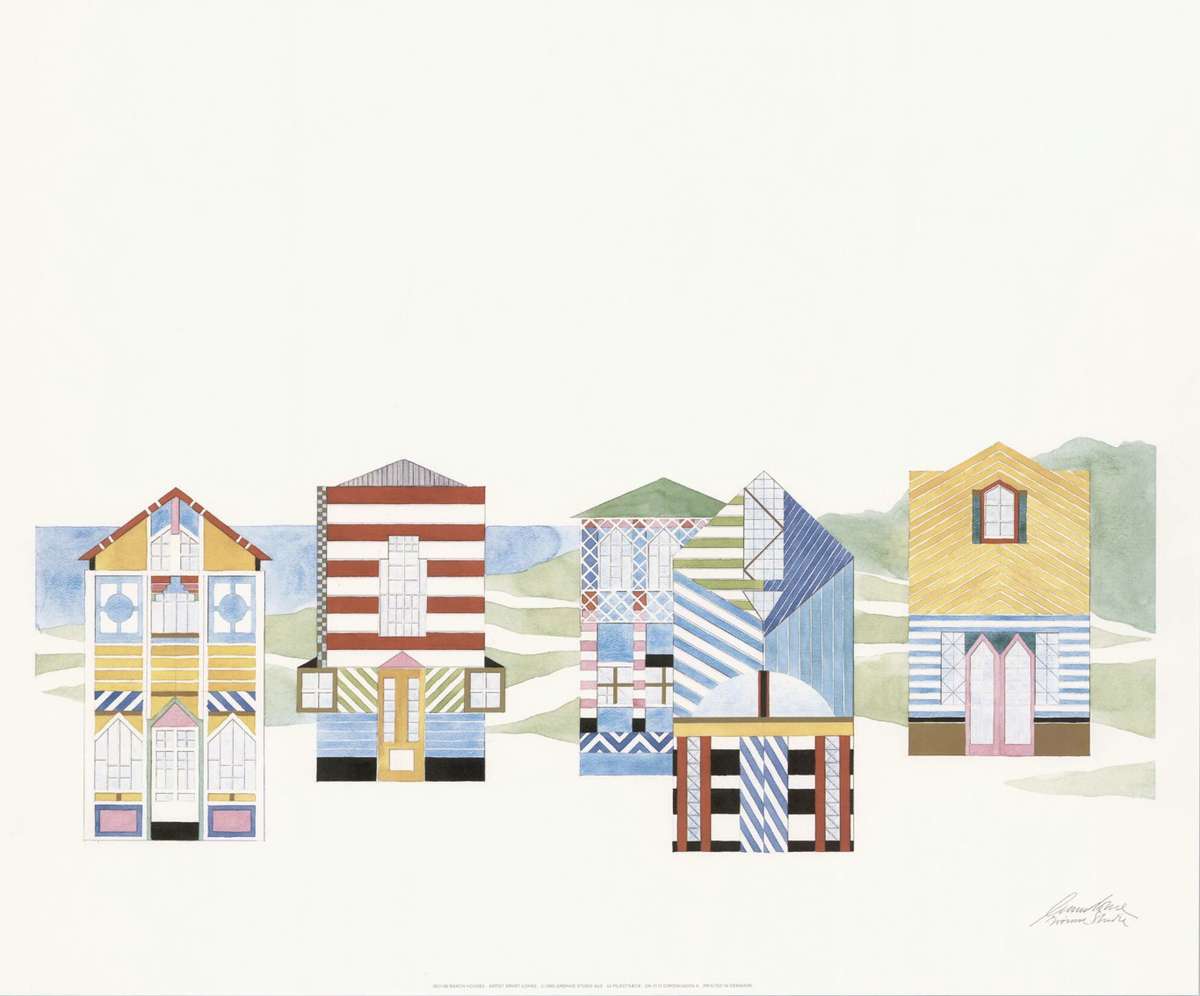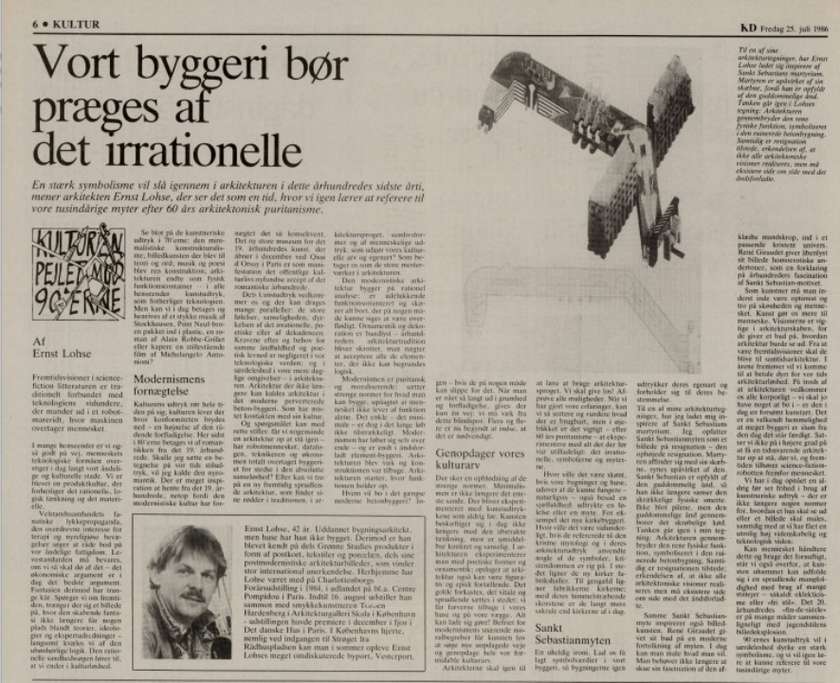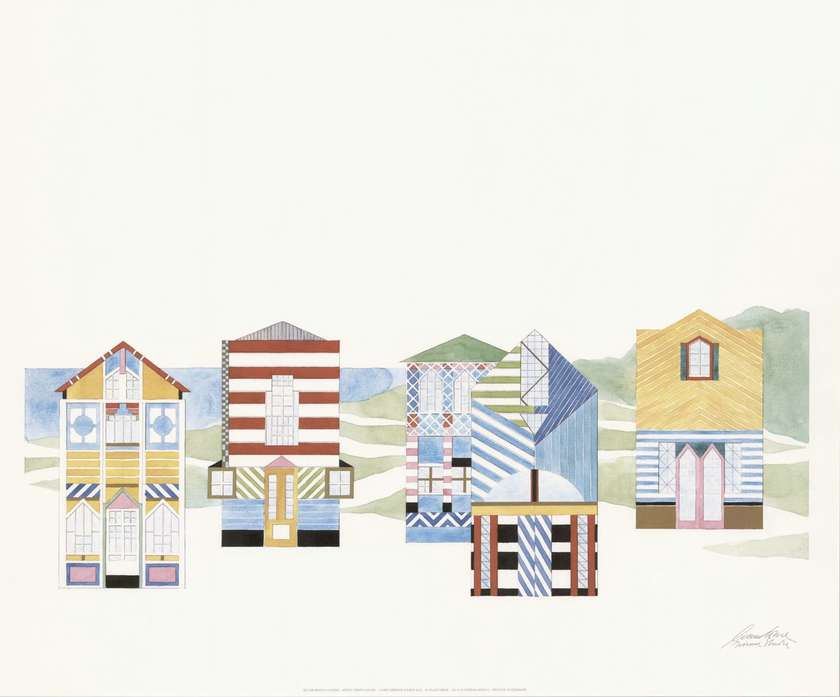Idea by
Ian Erickson and Henry Weikel
Call for ideas 2020
Towards a New Regionalism
Towards a New Regionalism

- Site-specific cases
Both academia and popular culture have historically neglected Scandinavian Postmodernism, a tradition eclipsed by Modernism as the prevailing aesthetic and social project in the Scandinavia. In light of the last decade of Postmodernism’s resurgence in the architectural academy globally, it is crucial to revisit a neglected regional Postmodernism as the next generation of architects moves into practice educated in a neo-Postmodern tradition. There is additional urgency for this history to be revisited now, as nationalist movements across Northern Europe rely on Postmodern tactics of applying classical symbols through pastiche and facadism to legitimize narratives of superiority. By translating original discourse from Swedish, Norwegian, and Danish into English for the first time, we problematize contemporary political uses of Postmodernism in order to imagine a future of regional architecture that reincorporates an interest in heritage into Modernism’s tenants of inclusivity.



Towards a New Regionalism
Towards a New Regionalism

- Site-specific cases
Both academia and popular culture have historically neglected Scandinavian Postmodernism, a tradition eclipsed by Modernism as the prevailing aesthetic and social project in the Scandinavia. In light of the last decade of Postmodernism’s resurgence in the architectural academy globally, it is crucial to revisit a neglected regional Postmodernism as the next generation of architects moves into practice educated in a neo-Postmodern tradition. There is additional urgency for this history to be revisited now, as nationalist movements across Northern Europe rely on Postmodern tactics of applying classical symbols through pastiche and facadism to legitimize narratives of superiority. By translating original discourse from Swedish, Norwegian, and Danish into English for the first time, we problematize contemporary political uses of Postmodernism in order to imagine a future of regional architecture that reincorporates an interest in heritage into Modernism’s tenants of inclusivity.


